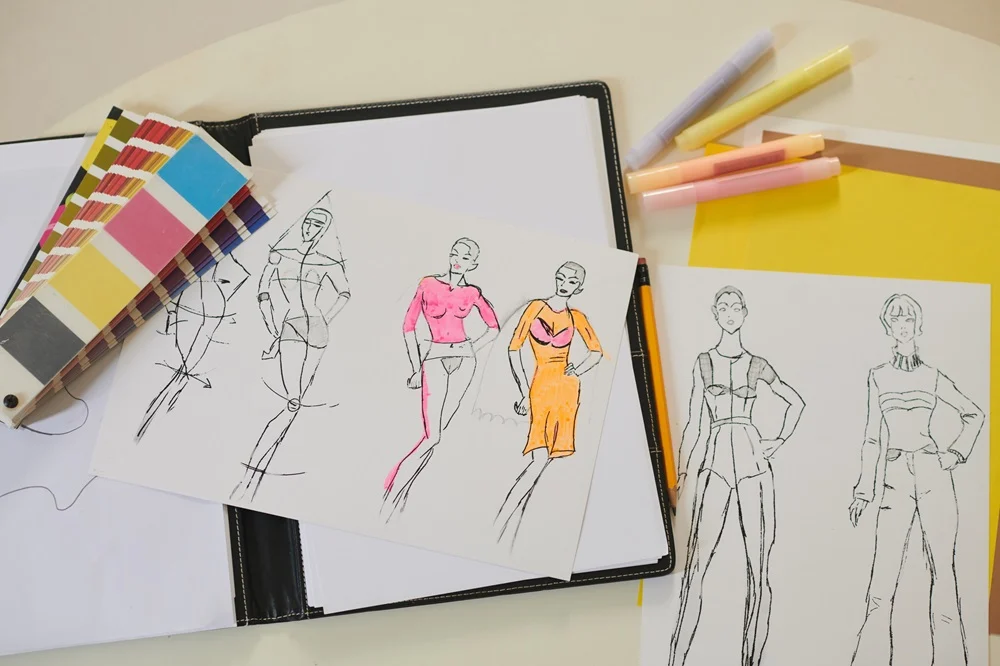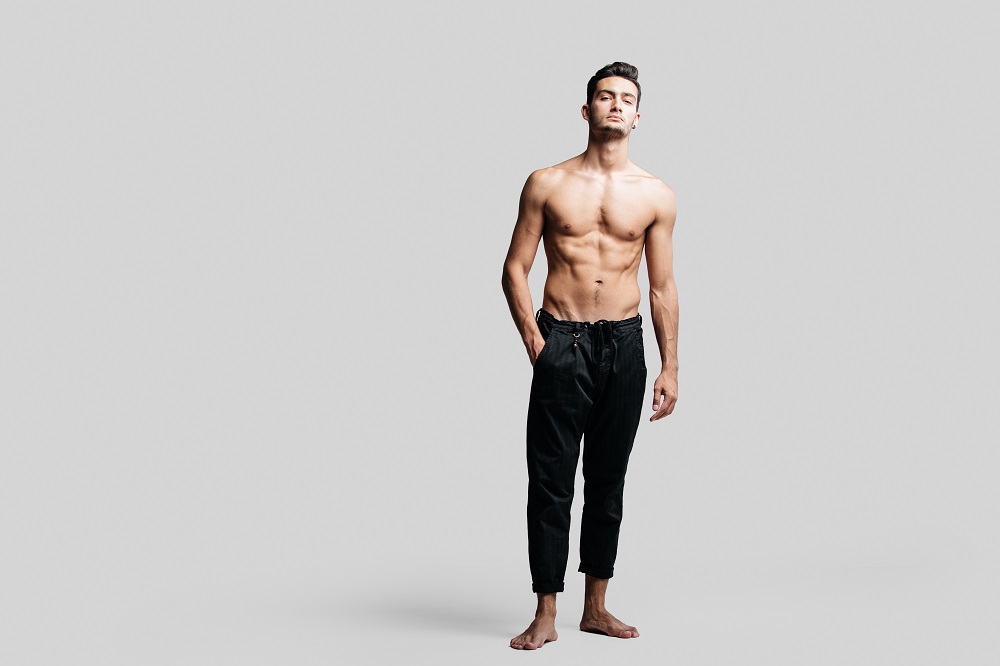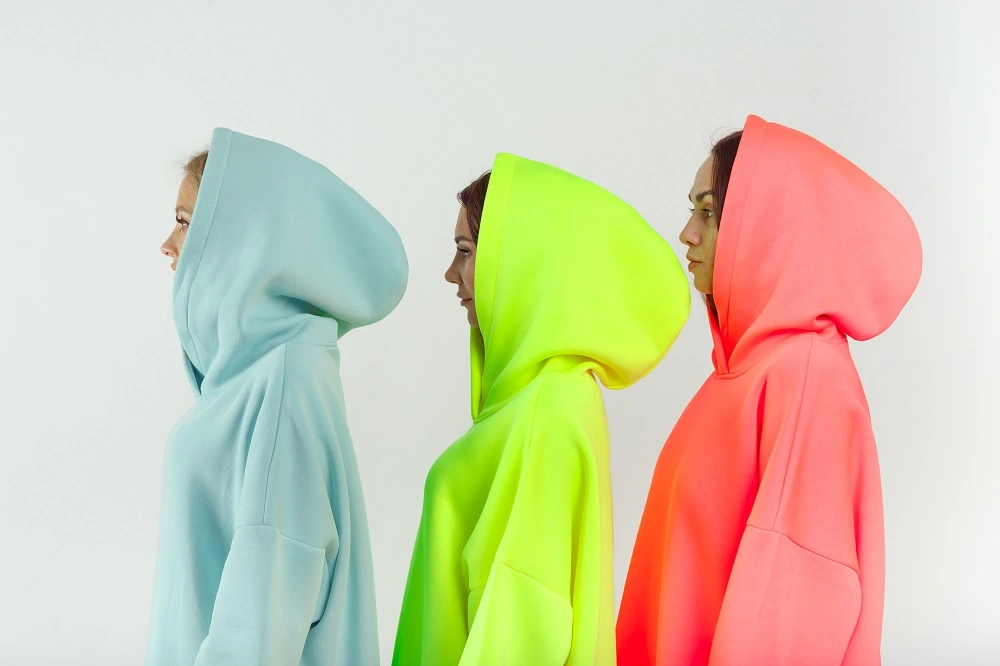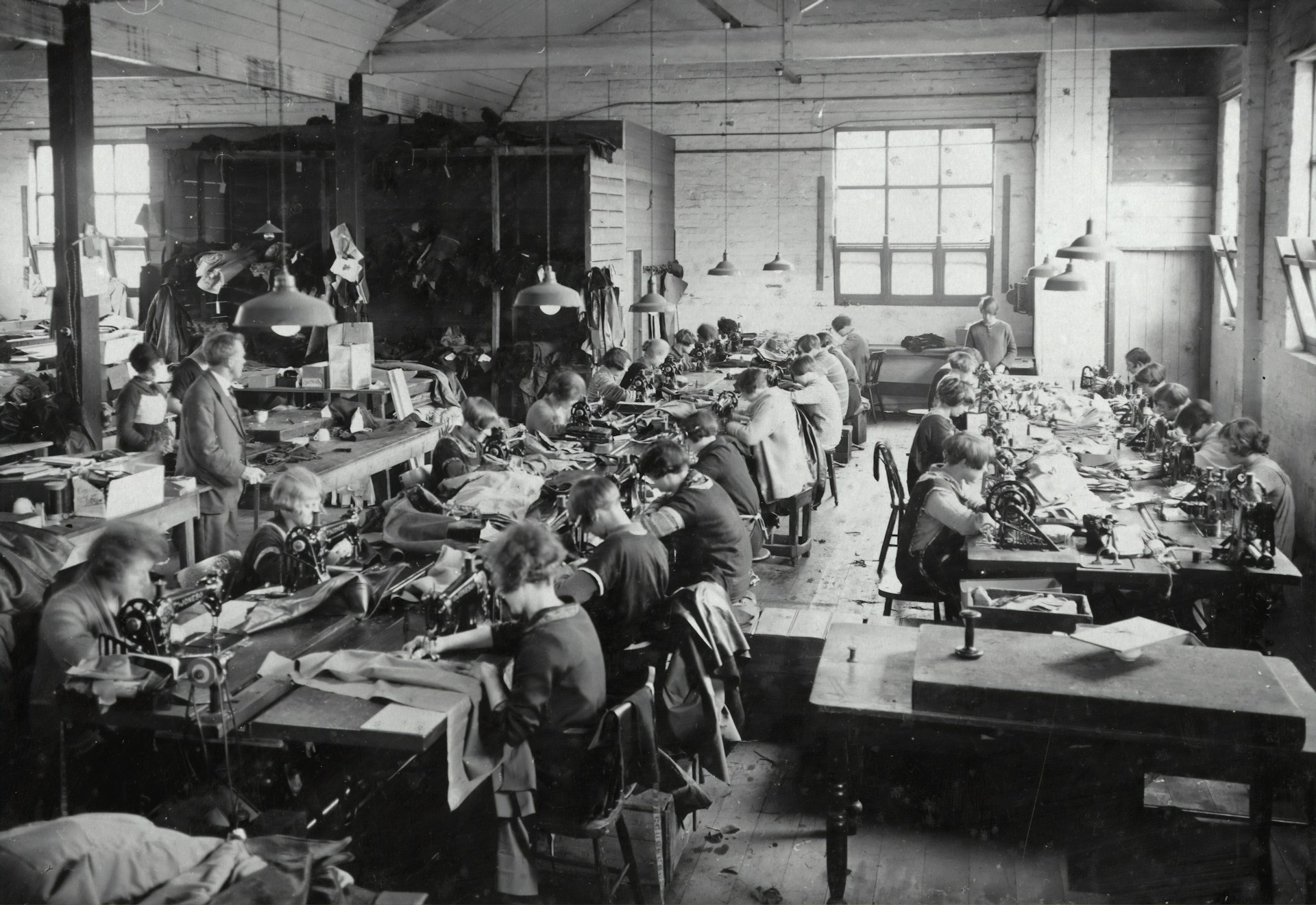The fashion manufacturing market can be highly competitive, and we know that a good, effective fashion line sheet can often be the difference in moving forward with a deal. It is the most valuable communication tool to reach an agreement with a manufacturer using a wholesale model and facilitating clarity, professionalism, and efficiency in the seller-wholesaler relationship. An effective line sheet will not only showcase your collection but also ease the buying process, always eliminating unnecessary repetition and time and effort in an order, including any corresponding revisions when ordering.
In this article, we will showcase everything you need to know in crafting an engaging fashion line sheet, from layout and photo capture and best practices, to strategic orientation and some data to support, in some cases, backing your best interest with a manufacturer. Let’s make your collection a wholesaler.
What Is A Line-sheet In Fashion?
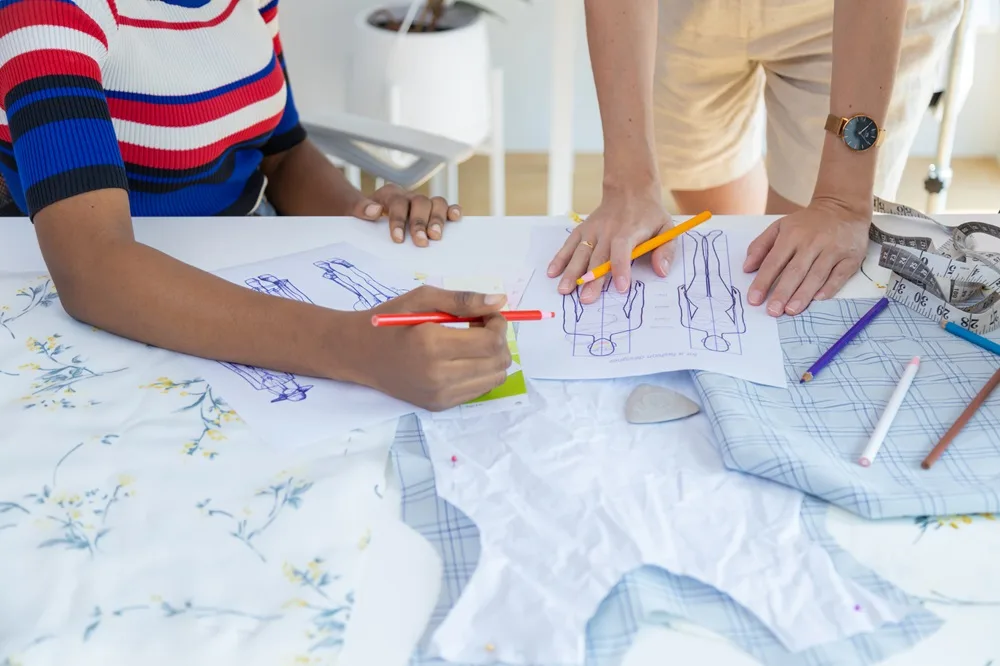
Fashion line sheets are a brief, organized product presentation that a brand uses to show its product offerings to wholesale buyers. It typically has photo/images of each product, SKUs, price points, sizes, color options, minimum purchase quantities, and contact information in an easy-to-read format.
The primary focus of a line sheet is to simplify the ordering process for wholesale buyers and provide them with all the relevant information they need to make quick purchasing decisions. Nowadays, most brands use digital line sheets (PDFs or online platforms) because they are easier to distribute and can be updated in real-time; however, printed line sheets are usually preferred in meetings and trade shows.
Essential Elements of a High-Selling Line Sheet
To turn interest into orders, the line sheets fashion must be more than just aesthetically pleasing; it also needs to be tactical, articulated in the written word, and professionally presented. Here are the key sections of a line sheet and how to make a fashion line sheet that are both informative and persuasive, especially in the business-to-business fashion manufacturing world.
A. Professional Branding
Your brand identity should be cohesive and professional throughout your line sheet fashion. Your company name and logo should be located near the top for visibility and brand recognition as the first step in clothing manufacturing process. Provide all of your brand’s contact information. At the very least, complete contact information should include the name of the contact person, their email address, phone number, the brand’s website, and any business-based social links (e.g., LinkedIn).
Include a short brand bio or tagline (1 – 3 sentences) outlining who you are, what your manufacturing values are (e.g., sustainability, ethical production), and what you do that is different from other services. The branding establishes the tone and builds trust at first glance.
B. High-Quality Product Visuals
The very first thing that your buyers are going to notice is the visuals and the quality of the visuals. Clear, well-lit, high-resolution images taken on a white or neutral background are going to allow the garments to shine without distraction.
With more complex garments, you can also include front, back, and included detail shots as needed to fully showcase any fabric textures or design details. Showcase each colorway option, whether you use images for each or small color swatches.
There is no longer an option to not invest in professional product photography. It builds buyer confidence and will ultimately increase your conversion rate.
C. Detailed Product Information (Concise and Clear)
Make your product details clear and organized for easy reference for buyers. Ensure that your style names or item numbers (SKUs) are consistent to enable one-click tracking and ordering. Include short product descriptions (1-2 sentences) that highlight fabric, fit, and any special features.
Be clear on the fabric content (i.e., “100% Organic Cotton”) and include care instructions so that buyers can understand the quality of the garment. State what size range your product is and consider linking to a detailed size chart that shows measurements.
Be sure to clearly state your wholesale prices – if you sell to buyers from outside of your country, then offer prices in multiple currencies for your buyers’ ease. Include your recommended retail price (RRP) as a guide to show what your buyers can expect in margins. Be sure to include your minimum order quantity (MOQ) in relation to individual styles, colorways, or minimum order totals so buyers understand what you will allow.
D. Comprehensive Wholesale Terms & Conditions
The wholesale terms, when crystal clear and as transparent as possible, build credibility with wholesale partners and can help to lessen liability for miscommunication. Document the payment terms, including payment methods (i.e., bank transfer, accept Visa/Mastercard) as well as deposit amounts, and when the balance is due. If you assign lead times for production based on suppliers’ capacity, make sure to state those time frames. If there are deadlines for seasonal or bulk orders, clearly define those as well.
Make sure that you clearly define your shipping terms, who pays for shipping for the order, and your shipping methods. As important as shipping terms are, a clearly defined return policy; be direct about your returns, exchanges, or if the product was damaged, including time limits that pertain to all scenarios.
Finally, indicate when your prices expire, or when products may no longer be available or may no longer be proposed in that quantity, to assist in setting expectations and accuracy for completion of the order.
Designing for Impact: Best Practices for B2B Success
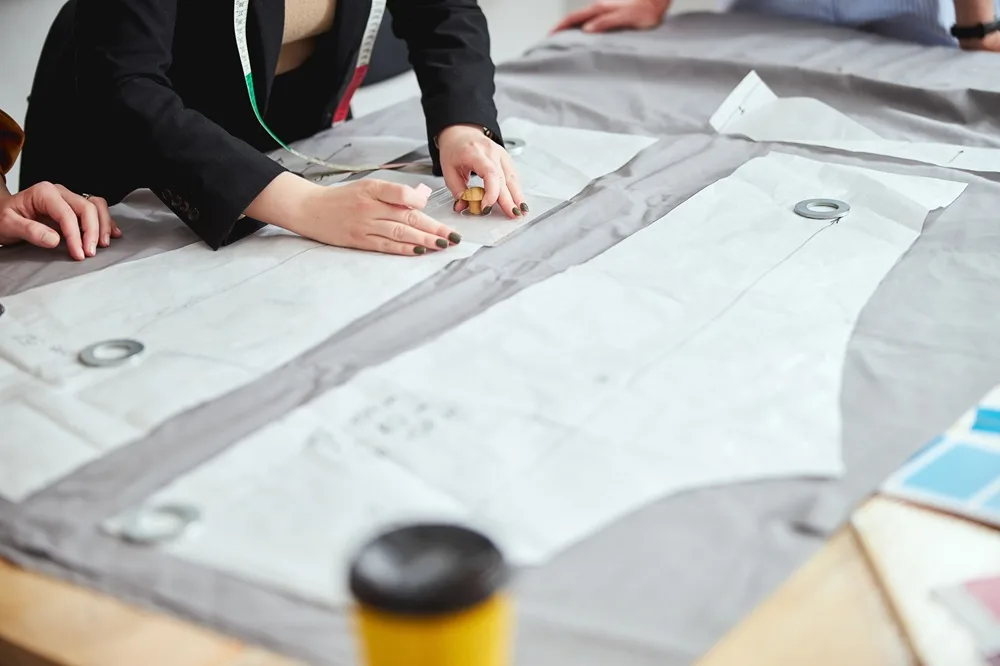
When you present a professional line sheet fashion to wholesale buyers, design is essential to how your brand is perceived and how well your products are presented. A well-designed line sheet establishes professionalism, increases clarity, and enhances the buyer experience—even more important in B2B environments, where efficiency, and ultimately trust, is the priority. Below are some key design principles that will make your line sheet more recognizable, therefore making the overall purchasing decision quicker, and with more confidence.
A. Clean, Organized Layout
Visual clarity is key in B2B fashion design line sheets. White space is your best friend and should be used liberally to avoid clutter, and allow the text to have “breathing room” so that buyers can clearly focus and find what they are looking for. Use easy to read, professional fonts, like Arial, Helvetica or Calibri.
Use 12pt fonts or larger to keep everything readable. Don’t use various styles of font and a whole bunch of different colors. This makes a line sheet look very unprofessional. Have consistency in your layout, branding and design elements across multiple pages, so they can refer back to your work and gain familiarity with your branding, and have the added bonus of creating trust. Group products based off of collection, categories, or styles to make the browsing experience easier and more convenient for busy wholesale buyers.
B. Digital-First Approach
In today’s fast-paced, global fashion marketplace, digital line sheets are the norm. When preparing your fashion designer line sheet, ensure it can be accessed in a usable format like a high-quality PDF. When developing line sheets using tools or platforms that allow for interactive capabilities, interactivity could include clickable product links, embedded video, or downloadable spec sheets.
Leveraging digital line sheets offers numerous advantages over printed line sheets, such as: they are more sustainable and affordable to produce, the content can be updated immediately, they can be easily distributed, and they can provide valuable analytics. The advantages of a digital line sheet lend well to B2B manufacturers, such as yours, attempting to scale internationally and tracking buyer behavior.
C. Integrated Order Form
We want to make your ordering process as way-finding as possible. One of the ways this can be achieved is by offering your wholesale buyers an order form as a PDF or as an easily accessible attachment to your line sheet.
Your order form should collect all the information necessary to process the order in an efficient manner: name and contact information of the buyer; sales date; season; specific product information (i.e., product name, quantities); delivery address; and the preferred shipping method.
A quality order form minimizes delays with communication between buyers and sellers, reduces errors and mistakes, and ultimately assures your wholesale buyers that you are a professional with all the operational requirements ready to run.
D. Stand Out from the Crowd
In a crowded marketplace, your fashion incubator line sheet has to do more than inform. It must impress. Bring the attention right away to your “hero” products (top sellers, new items, exclusives, etc.) so they will stand out. Additionally, providing thoughtful, valuable incentives (limited territories, flexible return, etc.) to your buyers can assure a purchase, and a higher chance for a longer-term partnership with clients, but always consider the cost to you before extending or defining incentives.
For high-value clients or tight niche markets, you may want to customize your line sheet even more (a slightly customized selection, or co-branded visuals) to give a personal touch and elevate your relationship, while also retaining yourself as a high-value, customer-focused manufacturer.
Line Sheet vs. Catalog vs. Lookbook: What’s the Difference?
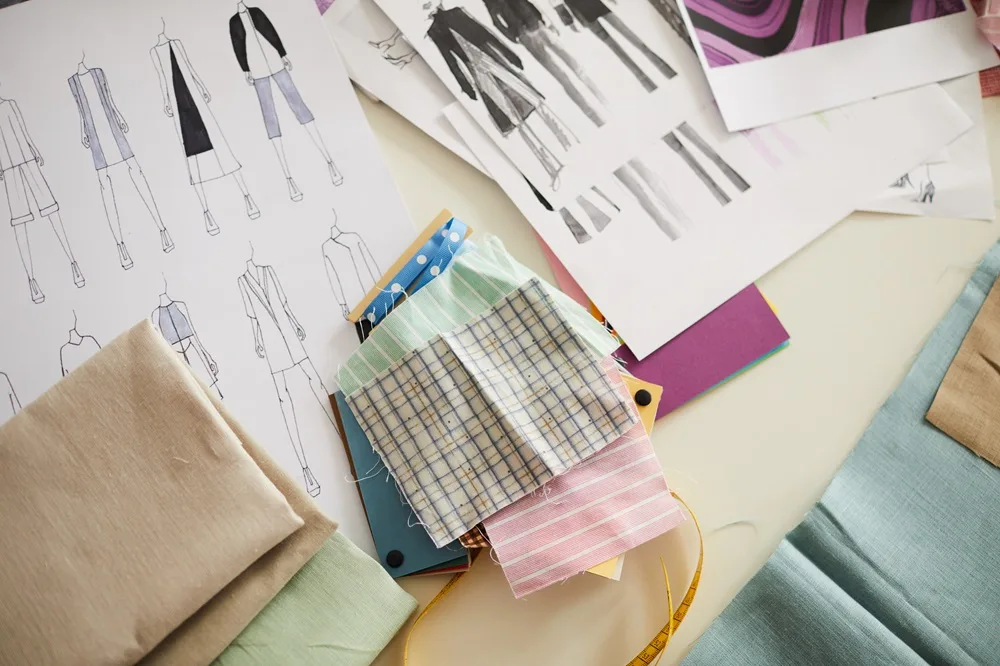
While the three are often confused, line sheets, catalogs, and lookbooks are different tools for different purposes in the fashion industry. A line sheet is a basic sales tool for wholesale buyers, which lists product information (SKUs, pricing, sizes, and terms for order) as clearly as possible so they can make quick purchasing decisions.
A catalog is more visually based and consumer-oriented. A catalog tries to visualize the collection and provide creative styling images and marketing copy (which can be a call-to-action consumers readily recognize as a general interest product or an email/advertisement they can click on in a retail promotion).
Conversely, a lookbook is a brand-constructed editorial-style presentation designed to relay the story behind a collection with styled images (represented as a cohesive story rather than a straightforward sell) that are meaningful primarily for brand inspiration (as a representation of aspirational brand conditioning) and thrust.
Tools and Resources for Line Sheet Creation
Developing a polished and professional line sheet for your fashion label takes the right tools to simplify the design and usability aspects. Popular design programs such as Adobe InDesign and Canva give you a great starting point; they offer customizable templates and design flexibility to build any clean layout that reflects your unique brand aesthetics.
If you’re a specialist business and need a more tailored, industry-specific approach to your line sheets, there are dedicated platforms such as ApparelMagic, Uphance, Techpacker, and JOOR that offer functionality and features beyond that of general design programs.
These specialized platforms offer many extras, from built-in line sheet templates with integrated inventory to order management and even working in real-time alongside your buyers. Using these tools is helpful for time management, as well as adhering to the high quality of fashion collection line sheets that is expected in the B2B fashion world.
Conclusion: Your Line Sheet as a Sales Accelerator
A detailed fashion design line sheet involves so much more than just a document; it’s your unspoken salesperson, a brand ambassador, and an operational efficiency all-in-one. For any B2B clothing manufacturer, being able to present products professionally and persuasively is important to developing serious wholesale buyers and closing deals more expeditiously. Don’t take for granted this potent tool and deploy the needed time, thought, and effort to create a fashion line sheet, as it can be the difference between getting lost in the crowd versus standing out when you start your own clothing line! Need expert support? Let Weft Apparel help you design and produce stunning, conversion-focused line sheets tailored for your target market. Get in touch with us today!

